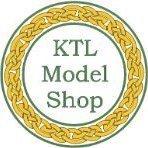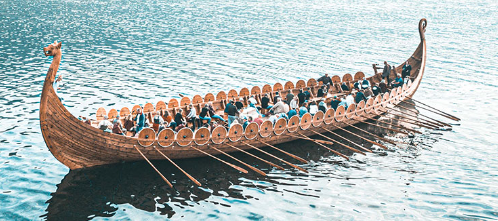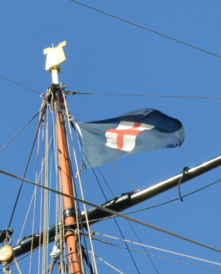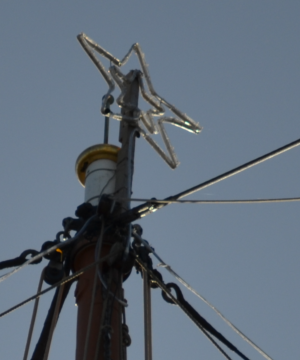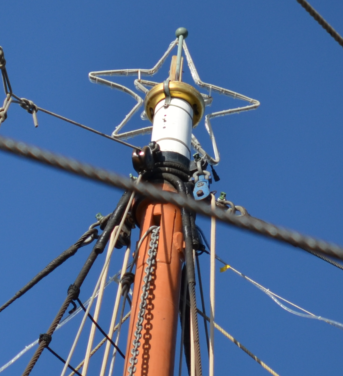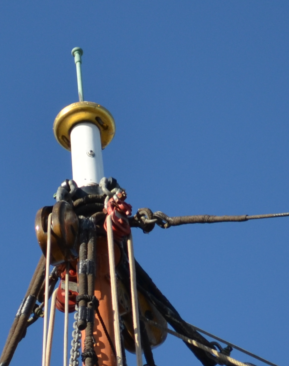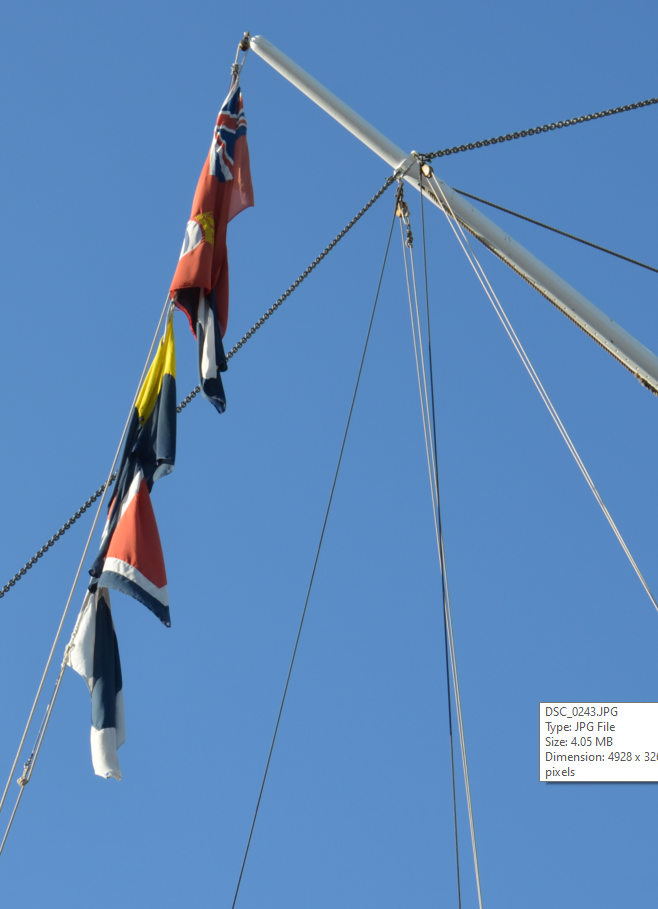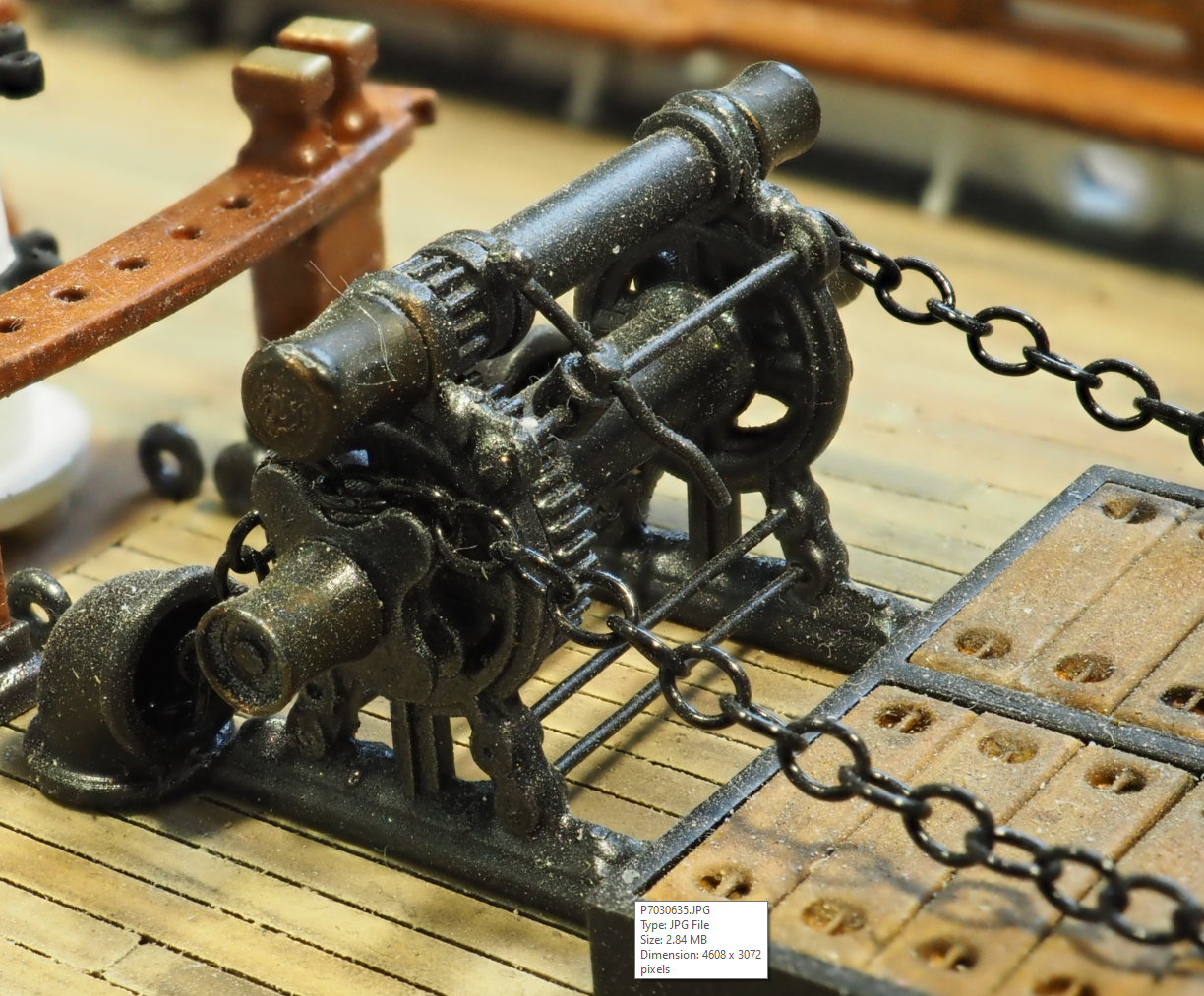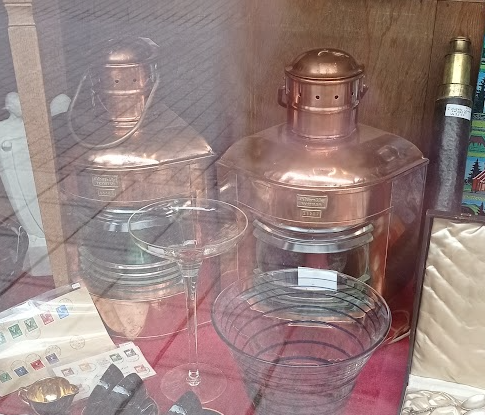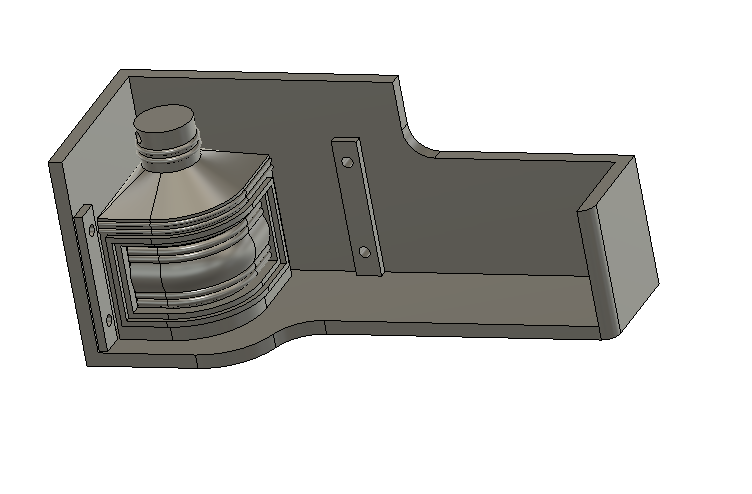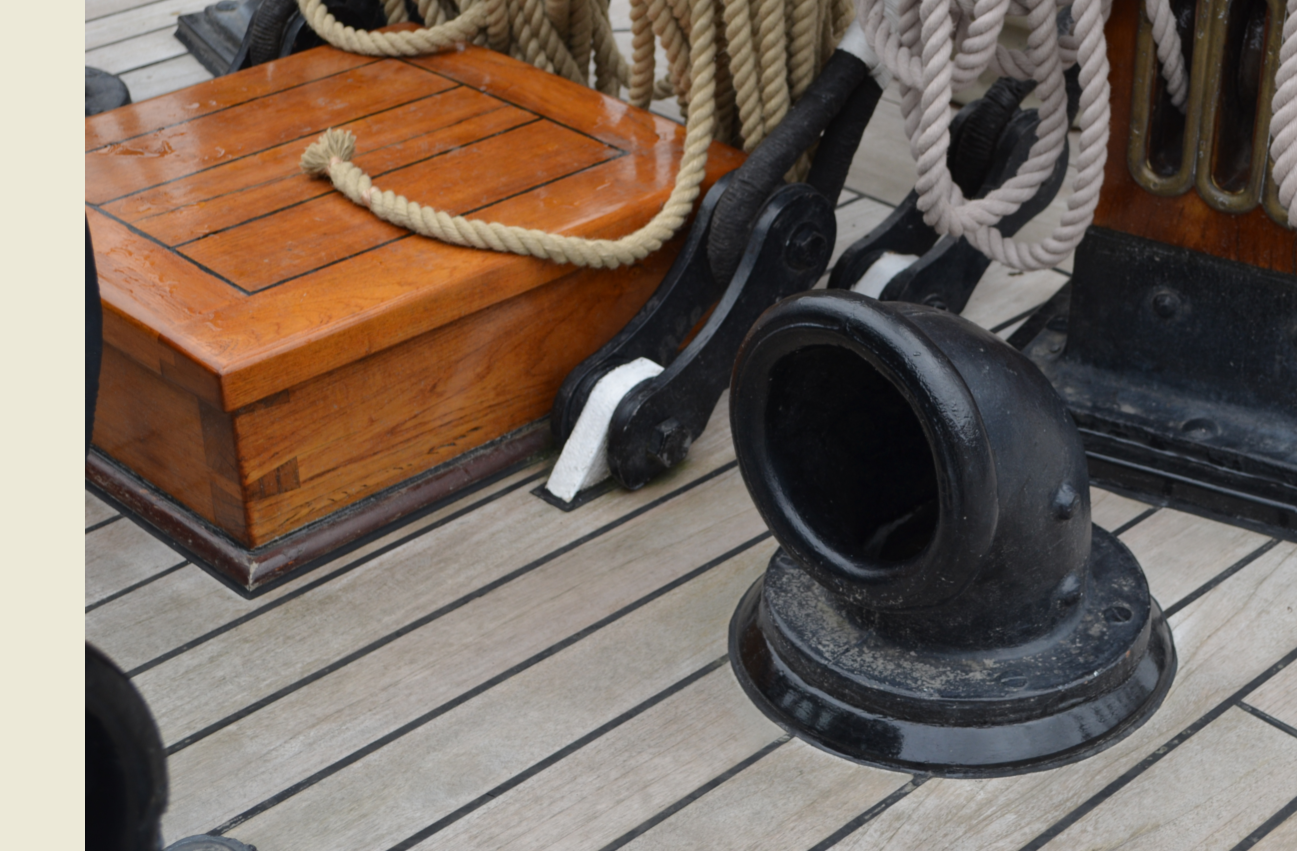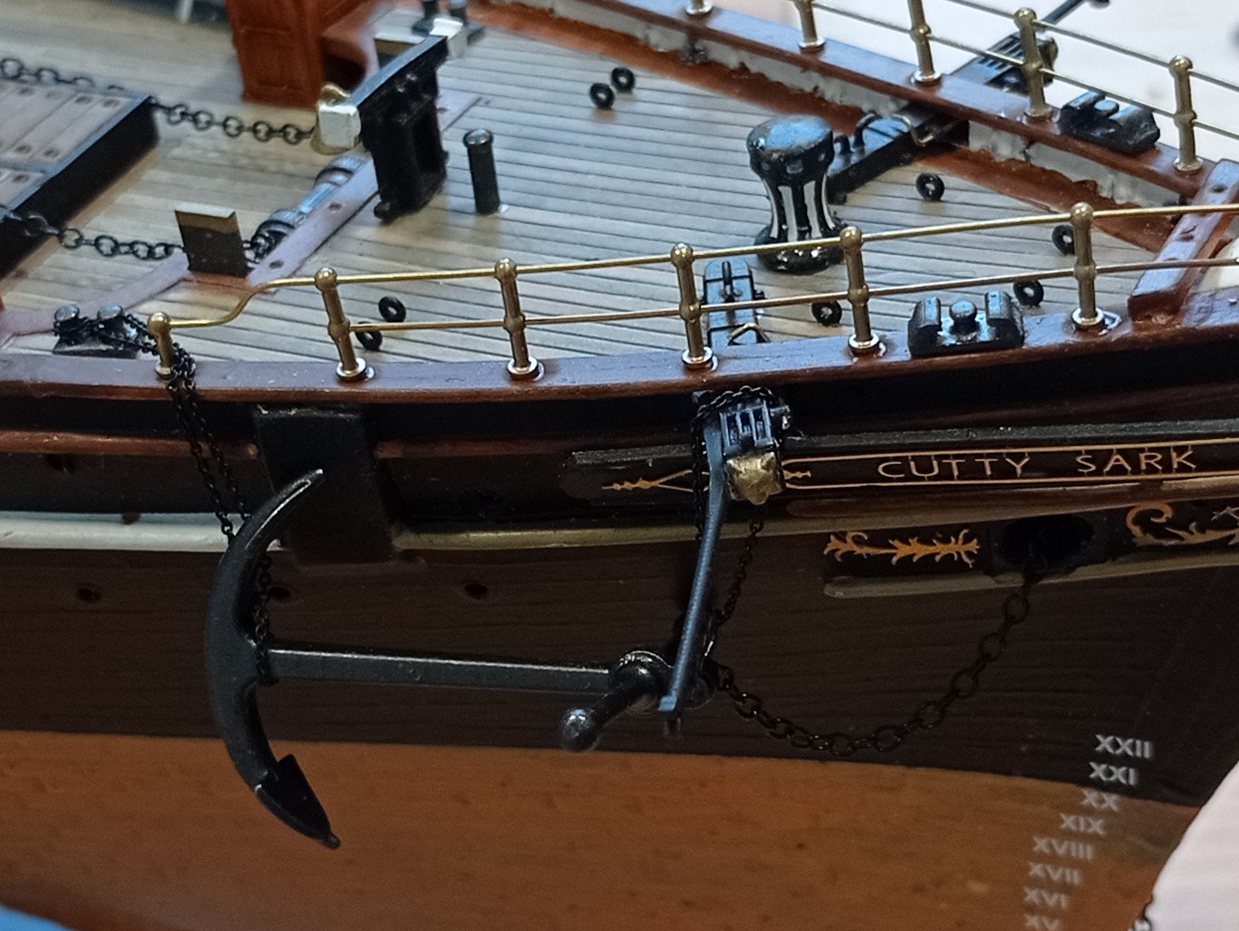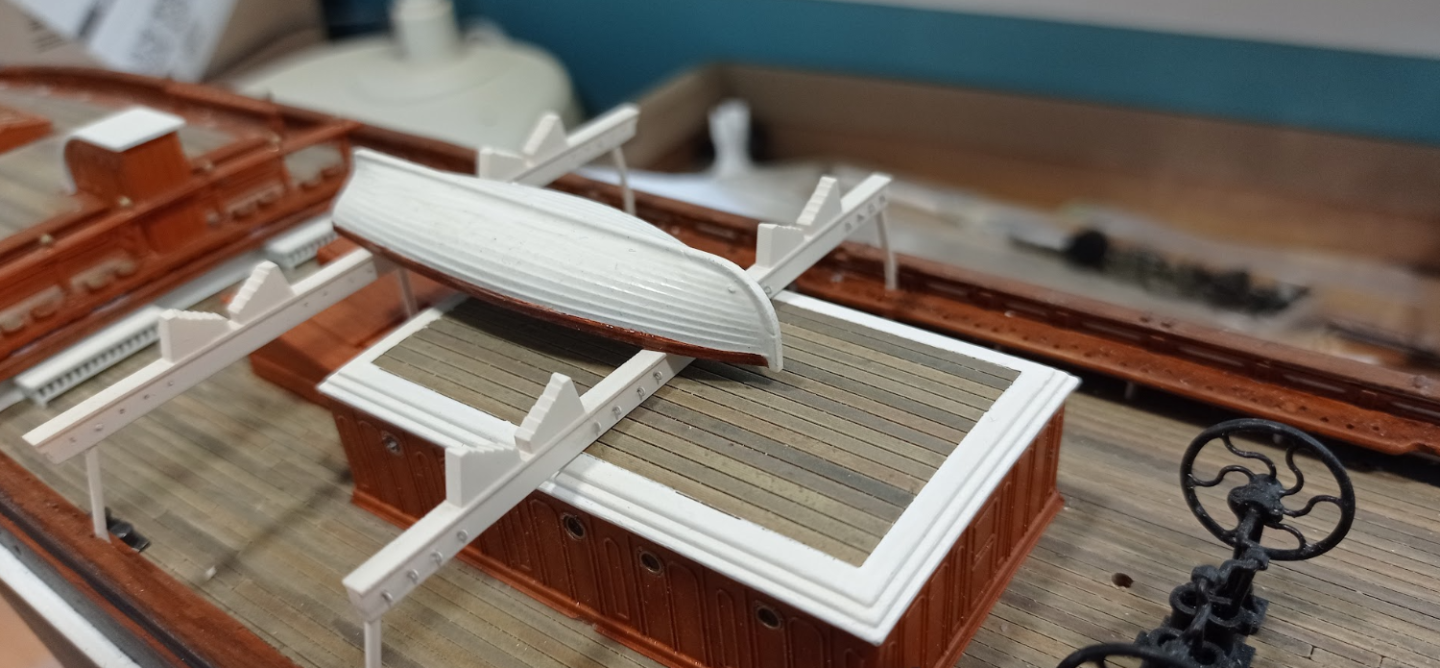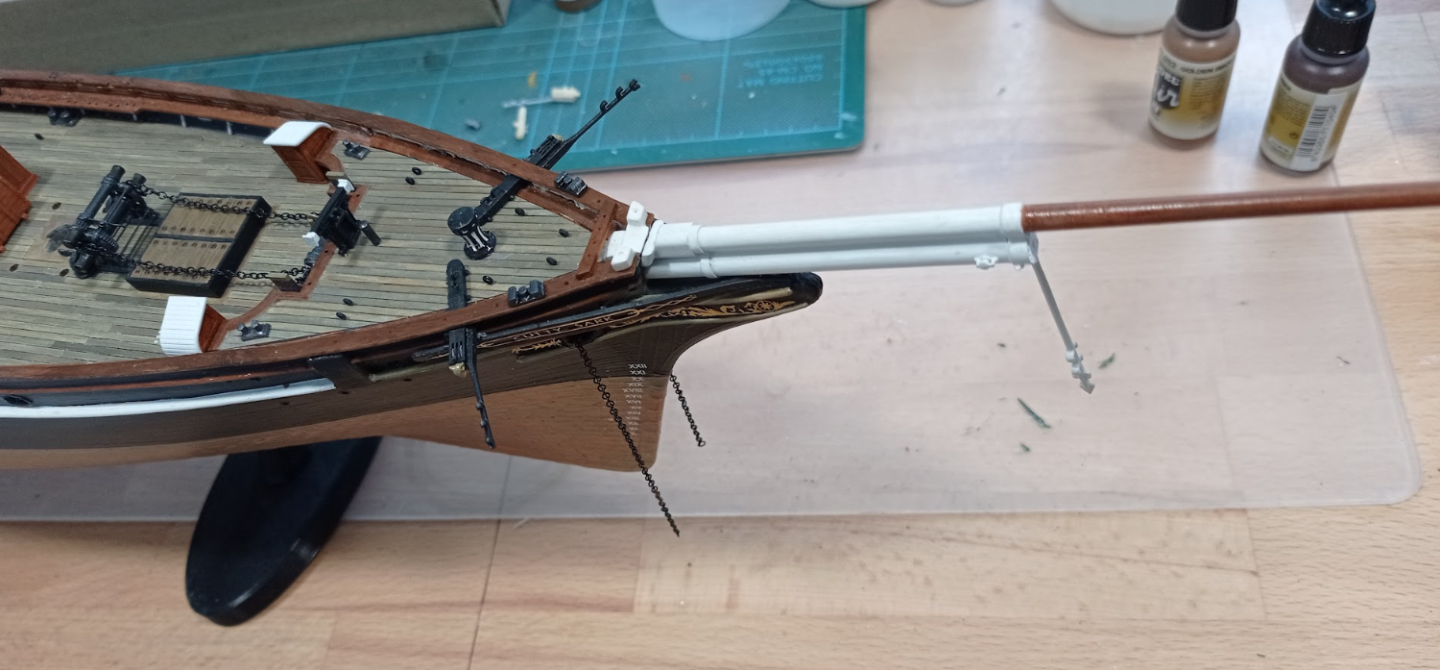-
Posts
1,202 -
Joined
-
Last visited
Content Type
Profiles
Forums
Gallery
Events
Everything posted by Kevin-the-lubber
-
I think you could probably tie those sails to a lamb chop and people would still say "wow". Put them on a build of this quality and they're something else. Bruma, a query - it looks like you've gone for painting the masts white and 'wood (teak?)', is that right? If so, what decided you to go that route? I'm torn: on the one hand, on the real ship they are currently white/red ochre, and it doesn't look as though the red ochre is a primer; whereas Sankey (painting the cutty sark) says they were originally white/black, rather than the white/teak that was often depicted in paintings. I'm looking for a good excuse to go with white/teak, other than just personal preference! I recognise that the current masts are steel all the way (unless they changed to alloy after the fire), so faux teak would be a bit pretentious, but it's an unattractive colour all the same.
- 399 replies
-
- cutty sark
- revell
-
(and 2 more)
Tagged with:
-
This is getting exciting! It sounds like it's coming out very similar to the real thing, and I for one will be really keen to see video. In the movies, galleons (and longboats) always look absolutely planted in the water and tear long at speeds that might tempt me to slip on a pair of water-skis. Steven's description brings it all down to earth though. Beside the full-size replica of the longboat in Norway was a large-ish model in a perspex case. Maybe, when you've had enough of it, you could offload it to a museum? You'd think it would be quite interesting to see a galleon actually moving through the water.
- 536 replies
-
- Quadrireme
- radio
-
(and 1 more)
Tagged with:
-
I'm glad the photos are proving useful, they've certainly been invaluable here. In case any of you are wondering why my log is so relatively quiet, it's because I'm doing a further, much less fragile iteration of the masts and yards and it's more difficult to remain motivated day after day when it's version 3! But I will get there, eventually. Great explanation of the 'T-shirt'! So I wasn't so far out at all! As I'm almost certainly omitting sails (just too hard for me) I think I'll include the 'cutty sark', the star and the main flag, but I completely agree that you have to take what you see at Greenwich with a pinch of salt.
- 399 replies
-
- cutty sark
- revell
-
(and 2 more)
Tagged with:
-
Thanks Rob, correct nomenclature is not my strong point - but at least I've progressed slightly from calling everything 'thingy's' 🤪
- 444 replies
-
- Cutty Sark
- Revell
-
(and 2 more)
Tagged with:
-
The tin canning effect is very realistic, Richard. That is one big ship!
- 453 replies
-
- Union Steamship Company
- Stepcraft 840
-
(and 3 more)
Tagged with:
-
That is a very well-observed photo! The ship (the real one!) looks nice too. Where did you/does the ship sail?
-
It brings the section to life, they now look like they are in conversation.
- 2,623 replies
-
- heller
- soleil royal
-
(and 9 more)
Tagged with:
-
Now that I can see the workshop items I can see how large this is - it's BIG! What are you going to do with it after it's completely finished and proven? I'm also struck by the slight similarity to a beautiful, full size replica Viking boat I saw last week in Norway - the high prow and stern, gazillions of oars and so on. Just trying to tempt you to look at a variant, after this one 🙂. (https://sagastad.no/en/the-history/the-myklebust-ship/) At least your cat looks like it settles. Ours, which is not even actually ours - it belongs to a neighbour but treats our place as its daycare facility - constantly prowls, howls and demands attention.
- 536 replies
-
- Quadrireme
- radio
-
(and 1 more)
Tagged with:
-
That's quite a complicated arrangement, isn't it! I was going to just stick some of the following onto the masthead via a centre hole, but this is a timely post as I'm in the middle of a design revision, for reasons I'll cover when I eventually finish. As I'm not including sails and therefore haven't really looked at the sail plan, I hadn't even noticed that Campbell shows a flag, but there it is. Did you download the photos I uploaded to dropbox a while back? If not, looking at them now, I can see a flag on the mainmast but also this strange 't-shirt' shaped metal thing, which I also saw in the display down in the hold. It signifies something but I don't remember what; On the foremast, I see a star shaped metal thing, mounted on a pigstick (now that I know what it's called!); The mizzen just has a metal spike, but there are sheaves present ; and for info, these flags were on a line coming off the gaff. I'm sure someone will know what they say.
- 399 replies
-
- cutty sark
- revell
-
(and 2 more)
Tagged with:
-
Once the anchor is catted I assume the chains would rest on the deck. Presumably the crew laid them beside the hatch and perhaps tied them off so they didn't move around in heavy seas. On a slightly different note, I was in Haugesund in Norway last week and spotted these beauties in an antiques shop. Unfortunately it was closed and I was only there for a few hours, or I'd have been sorely tempted. The funny thing is that I've only just finished modelling these myself.
- 444 replies
-
- Cutty Sark
- Revell
-
(and 2 more)
Tagged with:
-
Marsalv, I've picked up a signpost to this build and it's fantastic. I haven't yet read through from the beginning but you are making me very keen to purchase a CNC mill & lathe. That said, it's one thing to get the machine to cut the parts, quite another to bring them all together into such a gorgeous model. One question (which may be answered if I read the whole log) - have you got all of the critical design information from the monograph? I've never even seen a monograph but it sounds like something I'd like.
- 589 replies
-
- le gros ventre
- cargo
-
(and 1 more)
Tagged with:
-
Marc, it appears that Marsalv is milling the parts i.e. the lower filling parts on Page 1. Although the methods and machinery are different, the engineering processes in milling (CNC especially) and 3D design & printing are not very different. Though to be honest I've still only had the quickest flick through his log as I always seem to have three or four things on the go at the moment. At 6 feet x 5 feet you might need to negotiate who gets to build what!
- 1,508 replies
-
- Le Soleil Royal
- Heller
-
(and 1 more)
Tagged with:
-
Interesting conversation here over the last week, I’ve enjoyed reading it! I was an absolute dunce at school, especially at maths (as we call it this side of the pond). The game changer was learning trig, which was an essential part of my trade (fabricator-welder). Nice link from Marc to the Le Gros Ventre build, which is indeed gorgeous and one which I’ll now follow too. I know I am meandering towards something bigger with my 3D work and that build log has crystallised my thoughts somewhat. What struck me straight away (apart from the quality of the build) was that he’s doing in wood what I’m doing in plastic. Interesting, especially as I’ve just bought a laser cutter. Looks like I need to start browsing monographs. Regarding masts and yards Bill; I’ve completed version 2 of these for my Cutty Sark (a version 3 is in the pipeline for reasons I’ll cover in my own log), but I consciously chose an ‘off the ship’ approach just because there’s less clutter, less risk of a sleeve catching on something elsewhere on the model. Your SR is looking fabulous, and I think you can easily afford to take risks now.
- 1,508 replies
-
- Le Soleil Royal
- Heller
-
(and 1 more)
Tagged with:
-
I’ll probably mull on this for a while and perhaps make some modification - at my current rate of progress I have about 15 years to think on it before declaring the ship finished 😃.
- 444 replies
-
- Cutty Sark
- Revell
-
(and 2 more)
Tagged with:
-
Re the chains ripping up the hatchway, my personal view is that we're all a little misled by some erroneous drawings by the likes of campbell. All of the plans I've seen so far have been, essentially, artistic interpretations rather than engineering drawings. I think that engineering drawings would have shown what any engineer would have done with this hatch, and shipbuilders were nothing if not engineers; they'd have done what the restoration team did, as per the photo below. A small hatch in between the chain pipes. There's a much larger hatchway forward of this but that also doesnt interfere with the run of chains. I say all this because, as an engineer by trade and nature, I would never have been able to do something as stupid as having a chain this big run like that! Johnny, I do the same, to the death, and in the interest of not being struck by paralysis through analysis, I'm now just committing and, as often as not, almost immediately uttering expletives when I realise what new but utterly obvious thing I've missed. There's probably some kind of existential law around this, that says it is physically impossible to see the looming error until you've made it. The other thing that now does my head in is breaking things. As I withdrew my forceps and tweezers from slipping that tiny chain into the real, actually working, release mechanism on the cathead, smugly thinking 'nicely done, sir', "ping", off snapped the tip of the jib boom, never to be seen again. It'll be with the hinge brackets for the spanker yards, the previous versions of the catheads, numerous stanchions and countless other parts that are a right pain to remake. How did I snap the jib boom tip from there, you ask? Well, if you can figure it out please do let me know because I'm damned if I do 🙂.
- 444 replies
-
- Cutty Sark
- Revell
-
(and 2 more)
Tagged with:
-
I managed to grab an hour today to work on the anchor chains. I have to say I'm deeply unconvinced by the chain running to the bollard; would any self-respecting sailor ever trash the rail or stanchion like that? I don't think so. I'm not going to move the bollard or rail now, but I might yet put an eyebolt in the hull aft of the aft of the flukes as that's how Campbell has it. Half the problem is that plate where the fluke sits (I've forgotten the proper name). When I altered the foredeck to match Campbell, I ought to have also moved that. Such is life.
- 444 replies
-
- Cutty Sark
- Revell
-
(and 2 more)
Tagged with:
-
I always enjoy looking over your recent adventures Daniel, they bring the ship to life. In my mind, I’m transposing all those little characters to the real ship as real people. Gosh but it must have been a living hell inside a warship, which is something I think we tend to ‘erase’ in our very pretty models.
-
Hi Kurtis - apologies, I follow threads via a weekly highlights email, hence it can be ages before I see replies! Anyway, back to the point: if I was you I’d be wanting to turn this into a hard copy that was sat on a shelf, that’s all. And because it’s currently soft copy, you could do that at whatever scale you wanted. True about the sails, unlikely that you could get something good via printing, and of course you’d have to do all the rigging by hand.
-
Ps.I’ll get in there first - the whisker booms are upside down. I can’t believe I’ve done that twice now. Remakes in process, easily corrected.
- 444 replies
-
- Cutty Sark
- Revell
-
(and 2 more)
Tagged with:
-
Thank you, I did indeed. I noticed the stepped boat supports during my last visit, liked that and replicating it is straightforward in CAD.
- 444 replies
-
- Cutty Sark
- Revell
-
(and 2 more)
Tagged with:
-
Quick question, friends: what would be the 'correct' or, from a modelling perspective, nice way of tying on the boats? As you can see, I have provided a generous number of rings to tie to (tiny twisted wire rings), as I'll be adding boat masts, spare yards etc presently, but I'd like to use a pretty method for tying on the boats rather than completely fudge it. A sketch, however crude, or link to a build log would be appreciated. Obviously it doesn't have to be a CS. I know how I'd do this when tying a load onto my roof rack, though I don't know the name of the knot! In other news, yesterdays damage repaired, complete with detachable whiskers. I also dug into my reserves of courage and applied the draft decals. I have been ducking this for ages as it's one of those things I felt sure I'd mess up, but I just about got away with it.
- 444 replies
-
- Cutty Sark
- Revell
-
(and 2 more)
Tagged with:
About us
Modelshipworld - Advancing Ship Modeling through Research
SSL Secured
Your security is important for us so this Website is SSL-Secured
NRG Mailing Address
Nautical Research Guild
237 South Lincoln Street
Westmont IL, 60559-1917
Model Ship World ® and the MSW logo are Registered Trademarks, and belong to the Nautical Research Guild (United States Patent and Trademark Office: No. 6,929,264 & No. 6,929,274, registered Dec. 20, 2022)
Helpful Links
About the NRG
If you enjoy building ship models that are historically accurate as well as beautiful, then The Nautical Research Guild (NRG) is just right for you.
The Guild is a non-profit educational organization whose mission is to “Advance Ship Modeling Through Research”. We provide support to our members in their efforts to raise the quality of their model ships.
The Nautical Research Guild has published our world-renowned quarterly magazine, The Nautical Research Journal, since 1955. The pages of the Journal are full of articles by accomplished ship modelers who show you how they create those exquisite details on their models, and by maritime historians who show you the correct details to build. The Journal is available in both print and digital editions. Go to the NRG web site (www.thenrg.org) to download a complimentary digital copy of the Journal. The NRG also publishes plan sets, books and compilations of back issues of the Journal and the former Ships in Scale and Model Ship Builder magazines.


